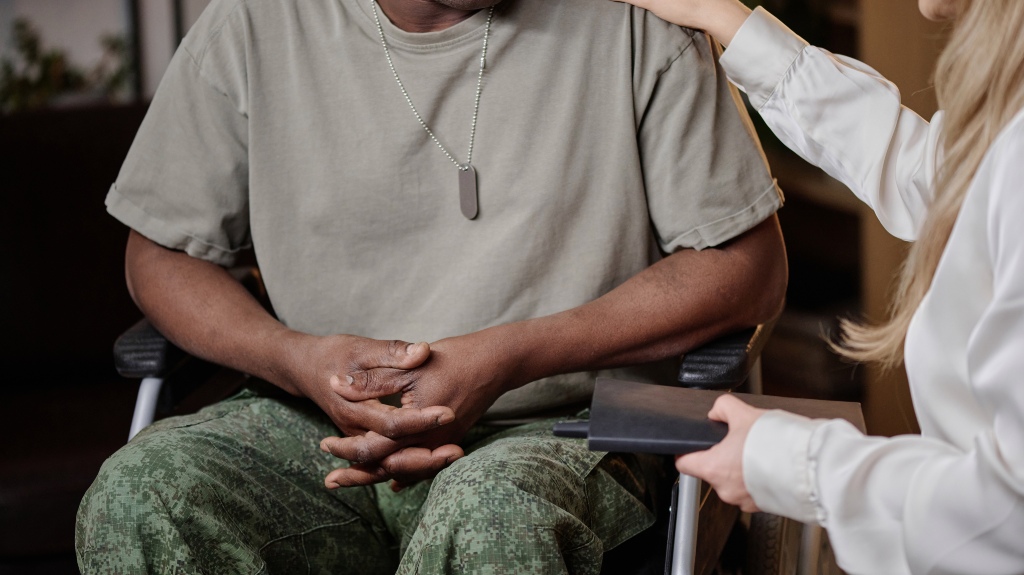To establish a claim for service-connected compensation, you must provide evidence supporting three elements. (1) evidence of a current disability, (2) evidence of an event-in-service that caused injury or aggravation of a disease or injury, and (3) medical evidence of a nexus between the in-service disease or injury and the current disability.
Evidence of a Current Disability
First, you must provide medical evidence that you currently have a current disability. This is a fundamental requirement because without proof of a current disability, there can be no valid claim for service connection.
In some cases, a formal diagnosis is not strictly required to sustain a claim for service-connected disability compensation. The Federal Circuit recently held that pain in the absence of a diagnosed condition can cause functional impairment, which may qualify as a disability. If you experience severe pain that limits your ability to work, the VA must consider this pain a disability for service connection. If this pertains to you, provide the VA with a written statement detailing your symptoms and how they impact your ability to work.
Evidence of an Event in Service
Second, you must submit evidence that the disease or injury was incurred or aggravated during your military service. This can include medical records, service records, and, in some cases, lay evidence or testimony supporting the condition’s occurrence or aggravation during service.
If you have trouble obtaining evidence to support this element of your claim, ask the VA to help you. Whether this is your medical records, service records, unit rosters, unit history reports, or other federal records, the VA has a duty to help you obtain the evidence you need to support your claim.
Medical Nexus Evidence
Third, you must provide medical evidence establishing a nexus, or connection, between the in-service disease or injury and your current disability. This often requires a medical opinion that links the current condition to the in-service event or exposure.
You need not submit evidence of a nexus to service if the claim is presumptively related to service under federal law. When a condition is presumptively service-connected, the law assumes that the condition relates to the veteran’s service, and the veteran need not provide evidence of a nexus between the service and the condition. For example, certain Vietnam veterans who develop specific conditions are entitled to service connection without proof of a nexus between service and the disability. The law presumes exposure to herbicide agents and that a listed condition is presumptively service-connected unless there is affirmative evidence to the contrary.
Additionally, suppose the claim involves a condition not shown to be chronic in service. In that case, you may need to demonstrate continuity of symptomatology after service to establish the link between the in-service occurrence and the current disability.
To successfully prove a claim for service-connected compensation, you must submit comprehensive evidence that shows a current disability, proof of in-service occurrence or aggravation, and a medical nexus linking the two. Ensuring that all these elements are well-documented and supported by credible evidence is crucial to present a successful claim.
Veteran Esquire Legal Solutions is Here to Help
Proving service-connected disability can be a complex and overwhelming process. If you are struggling to gather the necessary evidence, do not hesitate to contact Veteran Esquire Legal Solutions today. Our experienced attorney can guide you through the claims process, maximize your benefits, and advocate on your behalf. Let us help you secure the compensation you deserve.

